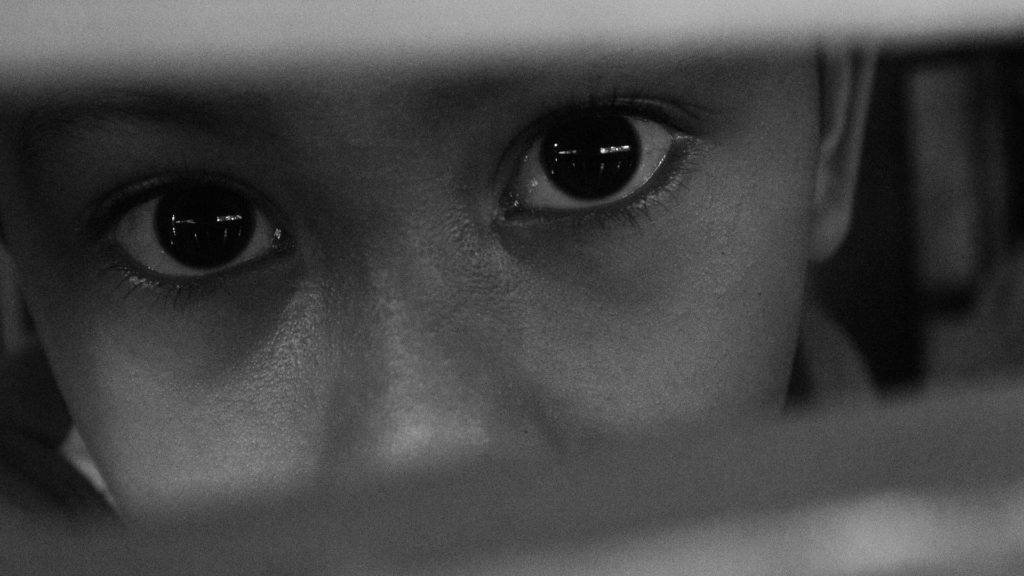For parents, there is nothing quite as routine and classic as telling children there are no such things as monsters in the closets or beneath the beds.
Sadly, if your child is autistic, it is often not enough and it is not through any fault of their own. It has been said many times that autistic children suffer from a variety of sensory integration disorders.
That means they have incredibly heightened sensitivity in certain senses and whatever it is they’re detecting is definitely more real than imaginary.
So, if an autistic child ever comes up to you and says they can’t sleep at night, an investigation must be made. Here’s a quick step-by-step guide to help you get started:
1. Check the child’s room.
Naturally, beginning with the child’s room lets you discover the most likely suspects. However, it is also likely that some parents do not entirely know the proper way to prepare an austic child’s room for better sleep.
Of course, a lot of it will certainly depend on the particulars of a child’s autism (such as having a more sensitive sense of touch, a higher response to bright colours or a heightened perception of sounds).
If your child has only been recently diagnosed and you are still not sure about what is currently wrong with their sleeping area, then it might pay to study the diagnosis again and second-guess everything that is in the room.
2. Identify sources of noise and movement outside the room.
Some autistics can be so sensitive that they can even be thrown off by the presence of others without necessarily seeing that they are there. For example, they may think there’s now a monster in the house because a guest you invited suddenly had to wake up in the middle of the night to use the bathroom.
Alternatively, they complain about hearing ‘evil voices’ that are really the sounds of someone watching a regular evening talk show in the neighboring house. You may be able to filter it out but you obviously can’t say the same for a child who actually hears all it more sensitively than you can.
3. Construct a plan to mitigate triggers.
Unfortunately, telling an autistic child to ignore it or saying they are just imagining things is really counterproductive. It ignores the simple fact that their minds are just wired too differently to adjust quickly enough to suppress their triggers.
That is why, if you want a more effective solution, it is better to either eliminate the cause of their sensory problems or work really hard to reduce their effects.
This may mean telling guests not to get out of bed in the middle of the night for fear of waking your children. It may mean either asking neighbors to quiet down their tellies, or put an extra layer of soundproofing in the child’s room. It could even mean that there might be a problem in the house that you have not quite detected.
On that note, it is certainly no laughing matter if the world seems like a scary place of intense stimulation for many autistic youngsters. That is why, if one such child tells you there’s something terrifying lurking about, there might actually be something different happening around you. Thus, you’ll need the courage to take a second look and check the environment at large.
“Want to learn more about how better listening leads to a better life? Get a consultation with us today!”
Françoise Nicoloff
Official Representative of Tomatis Developpement SA in Australia, Asia and South Pacific, Director of the Australian Tomatis® Method, Registered Psychologist, Certified Tomatis® Consultant Senior, Tomatis® International Trainer and Speaker, Co-author of the Listening Journey Series, 40 Years of Experience, Neurodiversity Speaker



